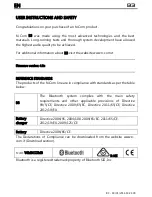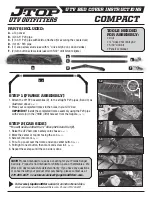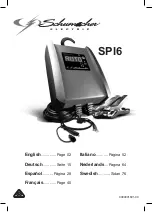
Note:
Some spare tires operate at a higher inflation pressure than the
other tires. For T-type mini-spare tires, see the
Dissimilar Spare Tire
and Wheel Assembly Information
section. Store and maintain at 60 psi
(4.15 bar). For full-size and dissimilar spare tires, see the
Dissimilar
Spare Tire and Wheel Assembly Information
section. Store and
maintain at the higher of the front and rear inflation pressure as shown
on the Tire Label.
6. Visually inspect the tires to make sure there are no nails or other
objects embedded that could poke a hole in the tire and cause an air
leak.
7. Check the sidewalls to make sure there are no gouges, cuts or bulges.
Tire Inflation Information
WARNING:
An inflated tire and rim can be very dangerous if
improperly used, serviced or maintained. To reduce the risk of
serious injury, never attempt to re-inflate a tire which has been run flat
or seriously under-inflated without first removing the tire from the
wheel assembly for inspection. Do not attempt to add air to tires or
replace tires or wheels without first taking precautions to protect
persons and property.
All tires with Steel Carcass Plies (if equipped):
This type of tire utilizes steel cords in the sidewalls. As such, they
cannot be treated like normal light truck tires. Tire service, including
adjusting tire pressure, must be performed by personnel trained,
supervised and equipped according to Federal Occupational Safety and
Health Administration regulations. For example, during any procedure
involving tire inflation, the technician or individual must utilize a remote
inflation device, and make sure that all persons are clear of the
trajectory area.
Wheels and Tires
257
2013 Econoline
(eco)
Owners Guide gf, 2nd Printing, November 2012
USA
(fus)
















































